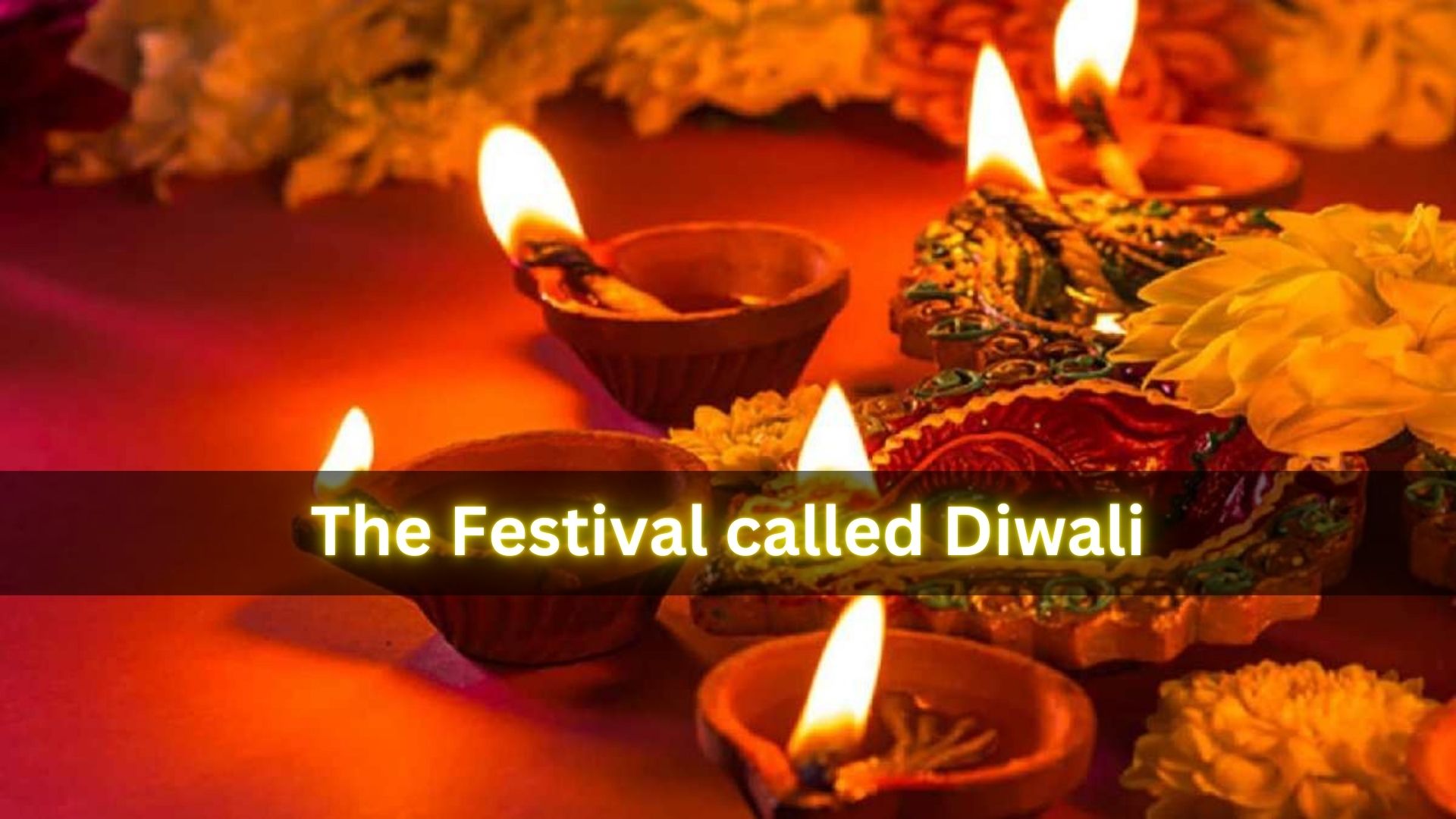
Festivals and celebrations bring happiness and play a huge role in passing the culture and traditions of the land to its younger generations. The land of Bharat is known for its unique and meaningful festivals. We have always believed that life is a beautiful celebration. That is why we celebrate many festivals. The spirit behind each festival in India has always been spreading joy while being grounded in spiritual practices. Diwali - popularly known as the ‘Festival of Lights’. It is one such beautiful festival celebrated with pomp and glory.
Diwali, or Deepavali, is one of the most awaited festivals of the year. It falls in the Kartik month ( Ipasi month in Tamil Calendar). Since Indians follow the Lunar calendar (for many festivals), the dates change yearly in the Gregorian Calendar. The month of Kartik falls approximately between mid-October and mid-November of every year. Diwali falls on the Amavasya / No Moon day - the darkest night of the month.
If one mentions the name Diwali, the images of new clothes, distributing or eating sweets, bursting crackers and lighting lamps are the images that come to one’s mind. Diwali signifies much more than all these festivities. Diwali is not just a one-day event. It is a celebration that goes on traditionally for five days.
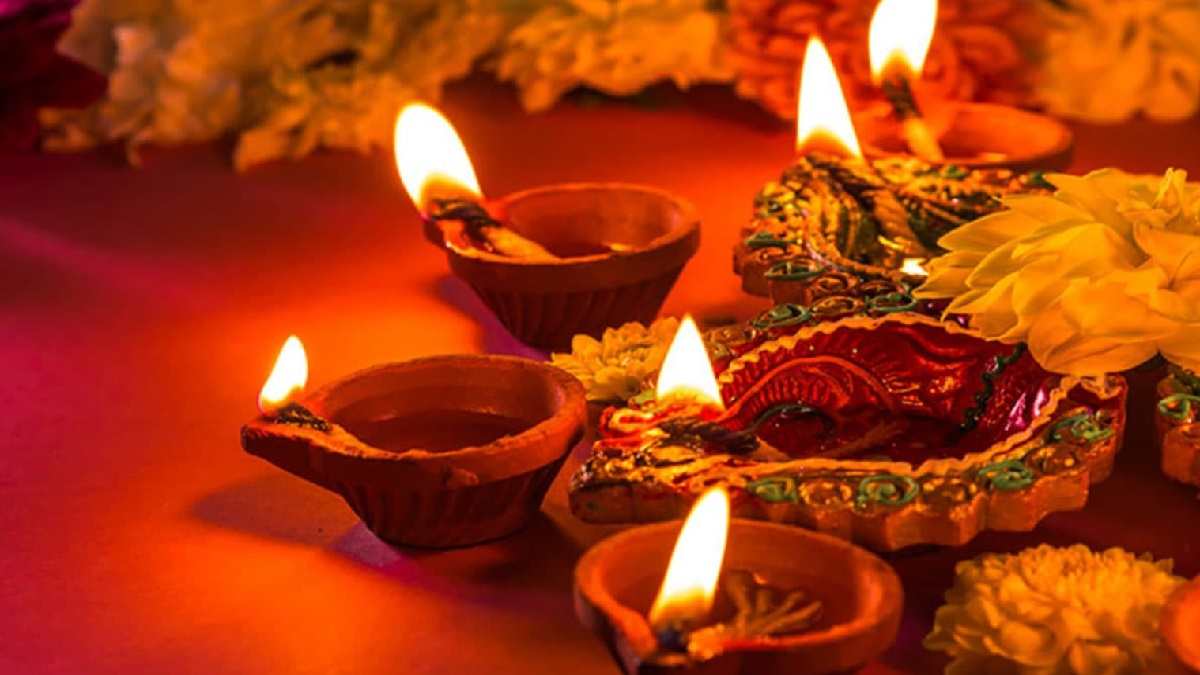
The Significance of Diwali
In Indian culture, a festival is celebrated never in isolation. In the olden days, The whole village got together as one unit. They woke up during Brahma Muhurtam, cleaned their homes and streets and decorated them. They smeared the floors with Cow dung paste and drew beautiful Rangolis and Kollams. They visited their near and dear ones and exchanged sweets and savouries. They got together as one family unit, lit lamps and celebrated every festival.
Diwali is the festival of lights. It is very significant because light is the principal aspect of Hinduism. We believe that light is the source of life. Can you imagine life without the light source - SUN? The lighting of lamps symbolises the victory of light over darkness. Light is also associated with knowledge. The lighting of a lamp emphasises the removal of ignorance and filling our lives with intellect and realisation. It is also a joyous reminder of the victory of good over evil.
Diwali in different parts of India
Diwali is a festival that revolves around many mythological stories. It is a festival celebrated across India with minute variations in the narratives and belief systems. But the spirit of the festival remains the same throughout the country.
In northern India, people believe Diwali is a festival celebrated to welcome Lord Rama after his Vanavas. Lord Rama defeated the Asura king of Lanka and returned to Ayodhya with his wife, Sita Devi and brother Lakshmana. The story goes that it was a moonless night, and the entire kingdom welcomed their King and Queen by lighting lamps in their honour.
In Western India, People celebrate Diwali by worshipping Goddess Lakshmi - the goddess of wealth and prosperity. They perform poojas, and some consider it as a new year.
In eastern India, particularly in Bengal, Diwali is celebrated by worshipping the most powerful Devi - Goddess Shakthi / Kali. In Southern India, Diwali is the day Lord Krishna slays the demon Narakasura.
The Five Days of Diwali
DAY 1 - DANTERAS
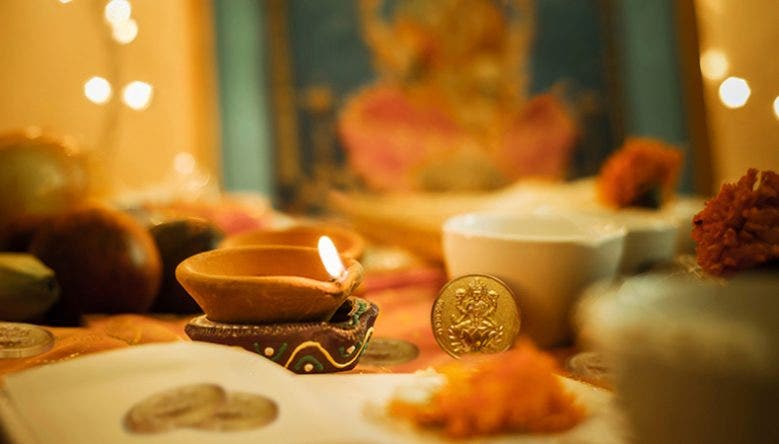
The first day of Diwali starts with Danteras. Danteras comes from two words. Dan means wealth, and Teras means Thirteen. It is the 13th day of the Lunar cycle (Trayodashi) in the Kartik month. It is an auspicious time to buy new jewellery, gold, silver or other assets like Shares, utensils, and vehicles. Lord Dhanvantri - the God of Ayurveda and health, is offered prayers on this day along with Lord Kubera and Goddess Lakshmi. Lord Dhanvantri emerged during the churning of the milky ocean ( Samudra Mandana) with a pot full of Amrith in one hand and the sacred texts of Ayurveda in the other hand.
People usually clean their homes on this day as it marks the first day of Diwali celebrations. They decorate their homes with Thoran and draw Rangolis and Kolams. In some parts of the country, people light lamps ( in the evening) and place them outside their homes called Yamadeepam. This lamp is dedicated to Lord Yama and is said to ward off evil eyes / evil spirits and premature death. It faces the south direction (on all the other days, Lamps should not face a southward direction).
DAY 2 - NARAKA CHATURDASHI
The second day of Diwali is the Naraka Chaturdashi. It is also called Chhoti Diwali. This festival falls on the fourteenth day of the Lunar cycle (before Amavasya), a day before Diwali. It signifies the victory of good over evil.
There is an interesting story behind the Naraka Chaturdashi. A long time ago, there was a powerful demon called Hiranyaksha. Lord Vishnu took the form of a Wild Boar - Varaha Avatar and dived into the deepest part of the earth to kill the Demon Hiranyaksha. While doing so, Lord Vishnu’s sweat fell on the Bhoomi and arose as a young warrior. Bhooma Devi took a liking towards this boy and asked for a boon from Lord Vishnu that her son become invincible.
Lord Vishnu granted the boon and broke one of his tusks. He presented it to the boy, asking him to use it for wise things. But, the young boy was none other than Narakasura. He wreaked havoc across the Devalok. Hence, all the Gods and Devas asked for Lord Vishnu’s help.
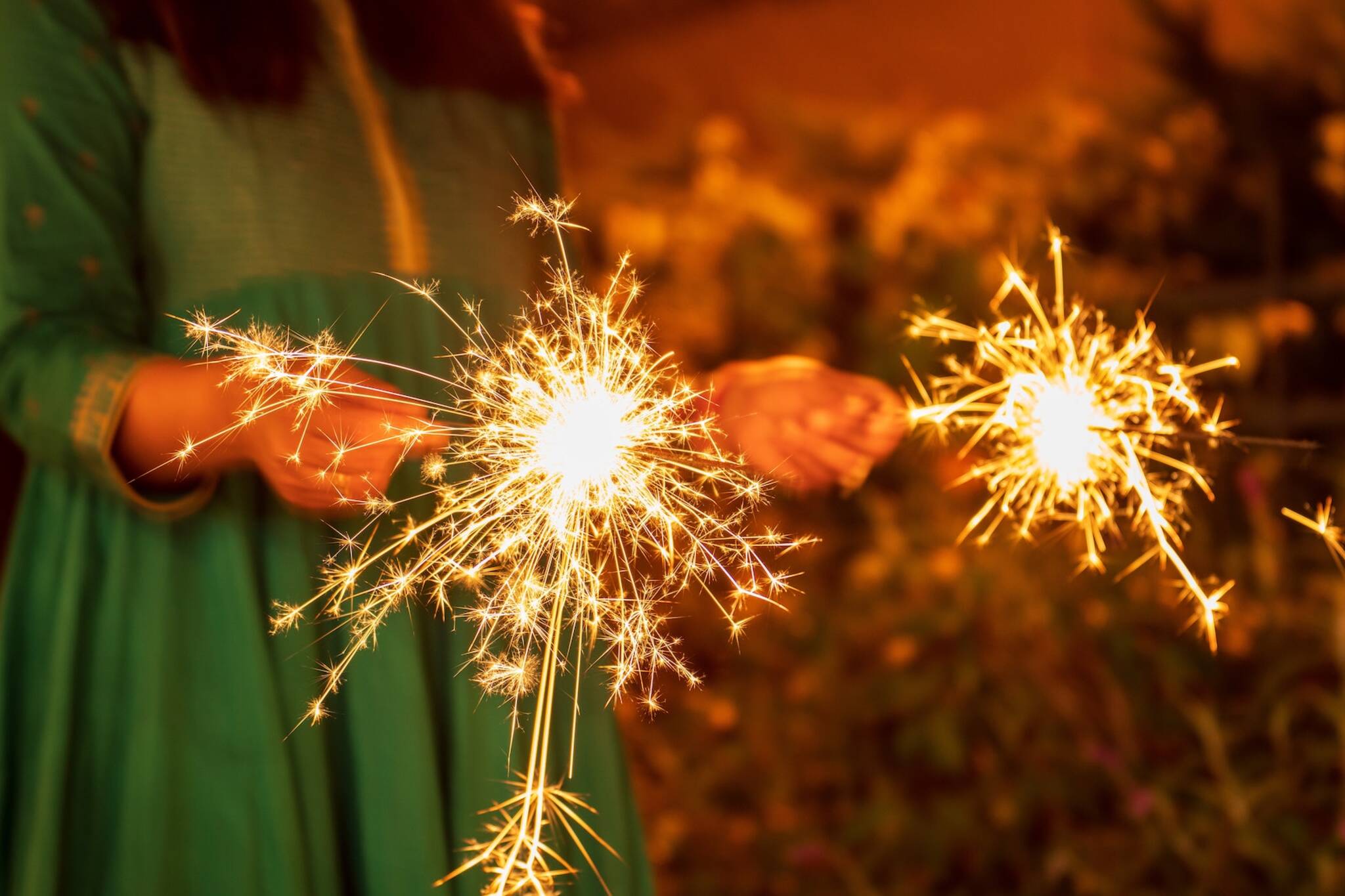
Lord Vishnu fought against Narakasura and his general Mura. First, he killed Mura. That is why Lord Vishnu is also called Murari. Finally, he killed Narakasur in the early morning of Amavasya. At the time of death, Narakasur realised the truth. He had been evil all his life. He asked a boon that people celebrate his death as a symbol of removing negativity and darkness. And ever since that day, we light lamps and burst crackers and remember that one can defeat Evil/ negativity or darkness with divine grace.
In some parts of the country, they believe that Naraka Chadurdashi is a day when the forefathers visit their beloved. Hence, people keep their homes clean and Diyas lit. In some parts, people burn the effigies of Narakasur. In some places, people perform Lakshmi pooja.
DAY 3 - DIWALI
People celebrate and burst crackers on this day. Usually, people wake up during the Brahma muhurta, apply oil on their heads and wash it off before sunrise. When Lord Vishnu vanquished Narakasura, he returned with a tilak ( of Narakasuras’s blood) in the wee hours of the day. The story goes that Lord Vishnu took a head bath in the wee hours to wash the blood off his face. People cook delicious meals, light diyas and crackers on this day and offer prayers to Goddess Lakshmi.
In northern India, people associate with the return of their beloved Lord Rama. After slaying the demon king Ravana, Lord Rama returned to his kingdom. He entered Ayodhya on a moonless night, and the whole of Ayodhya welcomed their king back by lighting arrays of light.
DAY 4 - GOVARDHANA POOJA
The fourth day of Diwali celebrations is the Govardhana Pooja. This day falls after Diwali pooja. This day is devoted to Lord Krishna and his magnificent feet of lifting the mountain Govardhan to save his people and cattle.
According to mythology, the people of Gokul used to pray to Lord Indra. Lord Krishna advised them to pray to the Govardhan mountain. This act enraged Indra. He started sending torrential rain down on Gokul. Lord Krishna lifted the mountain and offered shelter, protecting the people and cattle of Gokul, winning the battle between Indra and himself.
DAY 5 - BHAI DOOJ
The fifth and final day of the celebrations is the Bhai Dooj. Just like Raksha Bandhan, this day commemorates the bond of Brother and sister. Bhai means brother, and Dhooj means the second day after the new moon. Thus, it is an auspicious occasion to celebrate the strong bond between brother and sister. According to mythology, Lord Krishna visited his sister after slaying the demon Narakasur. Subadra welcomed her brother and applied tilak on Krishna’s forehead. Since that day, the special bond between a sister and a brother is honoured as Bhai Dhooj.
Some parts of the country observe this day as Yama Dwitiya. They believed that the God of death - Yama visited his sister - Yami ( on the day of Dwitiya - the second day of the new moon). She welcomed Yama with flowers and sweets and applied tilak on his forehead.
Hence, sisters perform arti, apply tilak on their brothers’ foreheads and pray for their health. Some sisters also observe fasts and Virat on this day. Usually, it is auspicious to offer dry coconut to the brothers on this day.
The beautiful tradition of Diwali is interwoven and intertwined with stories and spiritual practices. Diwali is of utmost significance, as it creates and celebrates bonds and spreads joy and well-being.
But sadly, in some households, Diwali is not celebrated in its true essence and spirit. They just burst crackers and think that this is Diwali. They do not know how to celebrate Diwali like our forefathers. Many think Diwali or any festival gives them a day off from work/school or college. They spend the day curled up in bed, ordering and eating out or watching television, sadly losing the essence of the festival. The younger generations thus lose their way of understanding the spirit and the stories associated with the festival.
This year, let us spread the word and celebrate Diwali with all the festivities rooted in our rich tradition.
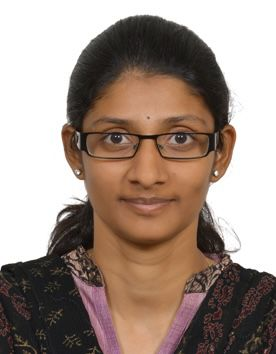 Vaishnavi Gurusankar is a passionate educator, a wife and a mother. She has over a decade of experience as an educator and has been closely working with teachers and children of all ages. She is also an active parenting blogger and founder of Magical Unicorn, an exclusive parenting blog founded on Indian ethos, values and stories at its core. She has also authored the book "Bharatyam : Science behind Hindu Practices & Way of Life"
Vaishnavi Gurusankar is a passionate educator, a wife and a mother. She has over a decade of experience as an educator and has been closely working with teachers and children of all ages. She is also an active parenting blogger and founder of Magical Unicorn, an exclusive parenting blog founded on Indian ethos, values and stories at its core. She has also authored the book "Bharatyam : Science behind Hindu Practices & Way of Life"
NEXT ARTICLE
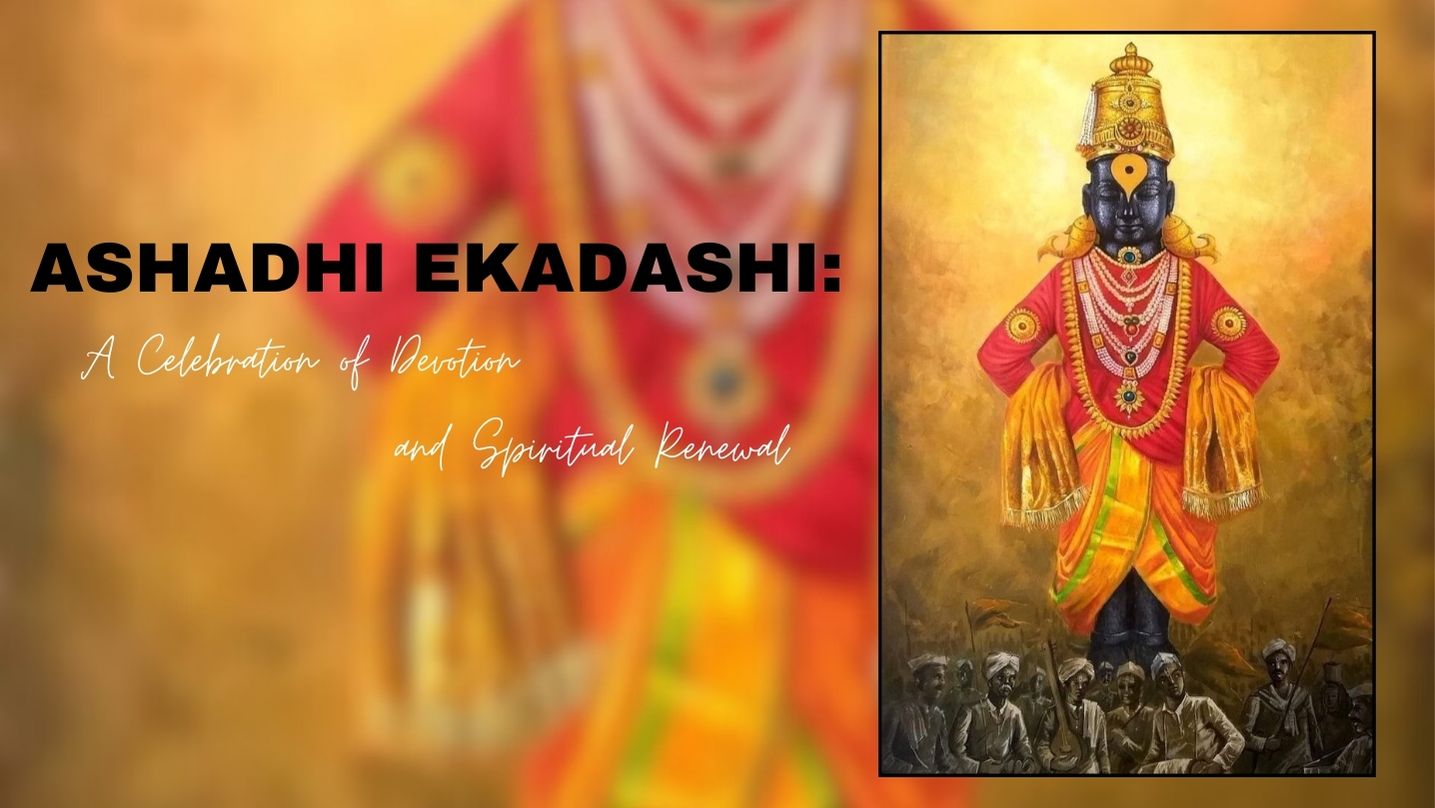
Ashadhi Ekadashi, also known as Shayani Ekadashi, falls on the 11th lunar day (Ekadashi) of the bright fortnight (Shukla Paksha) of the Hindu month of...
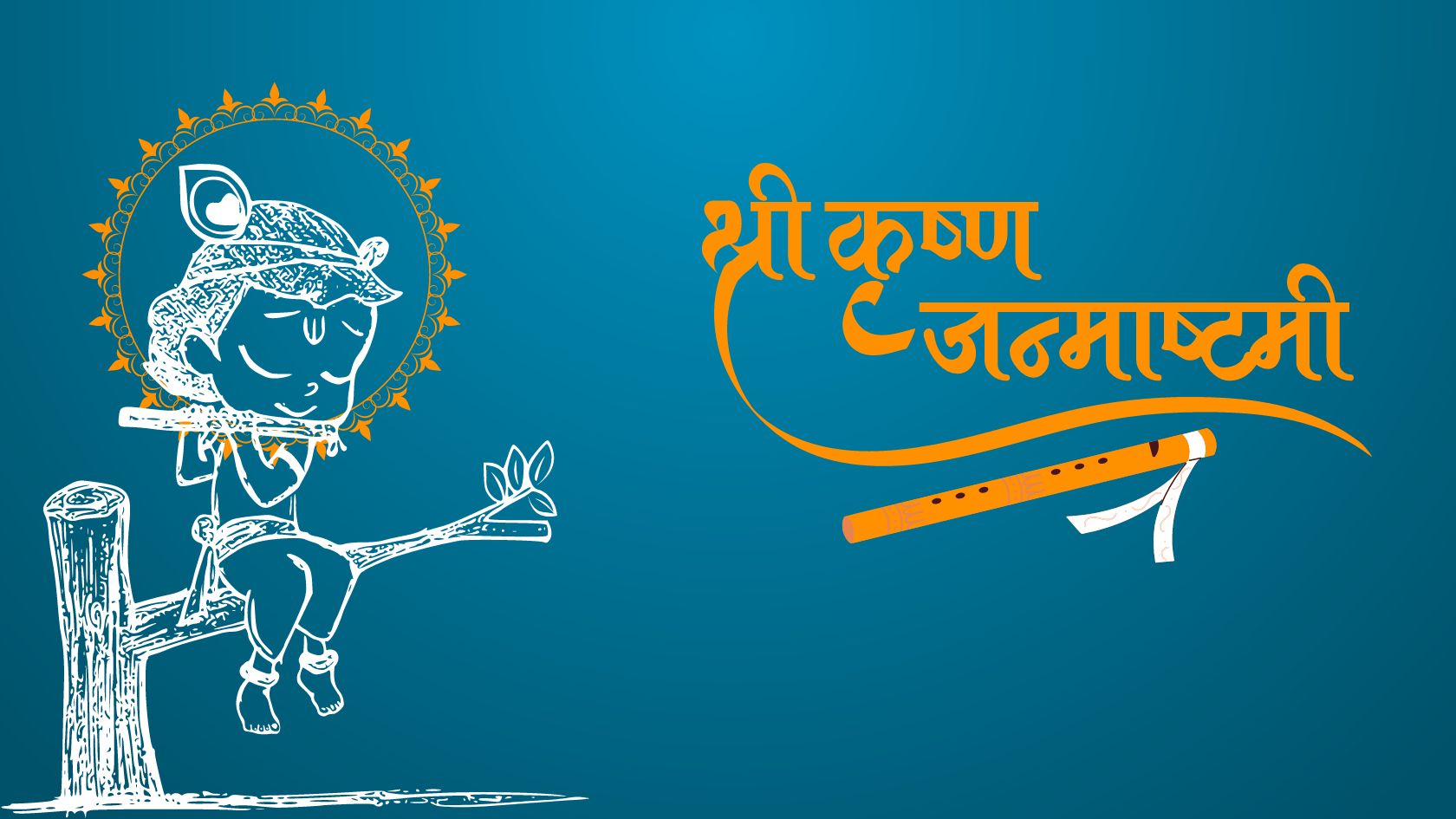
Every year, as the monsoon rains dance on the fields of India, an ancient story unfolds in the hearts of millions. It is the story of Krishna, the bel...
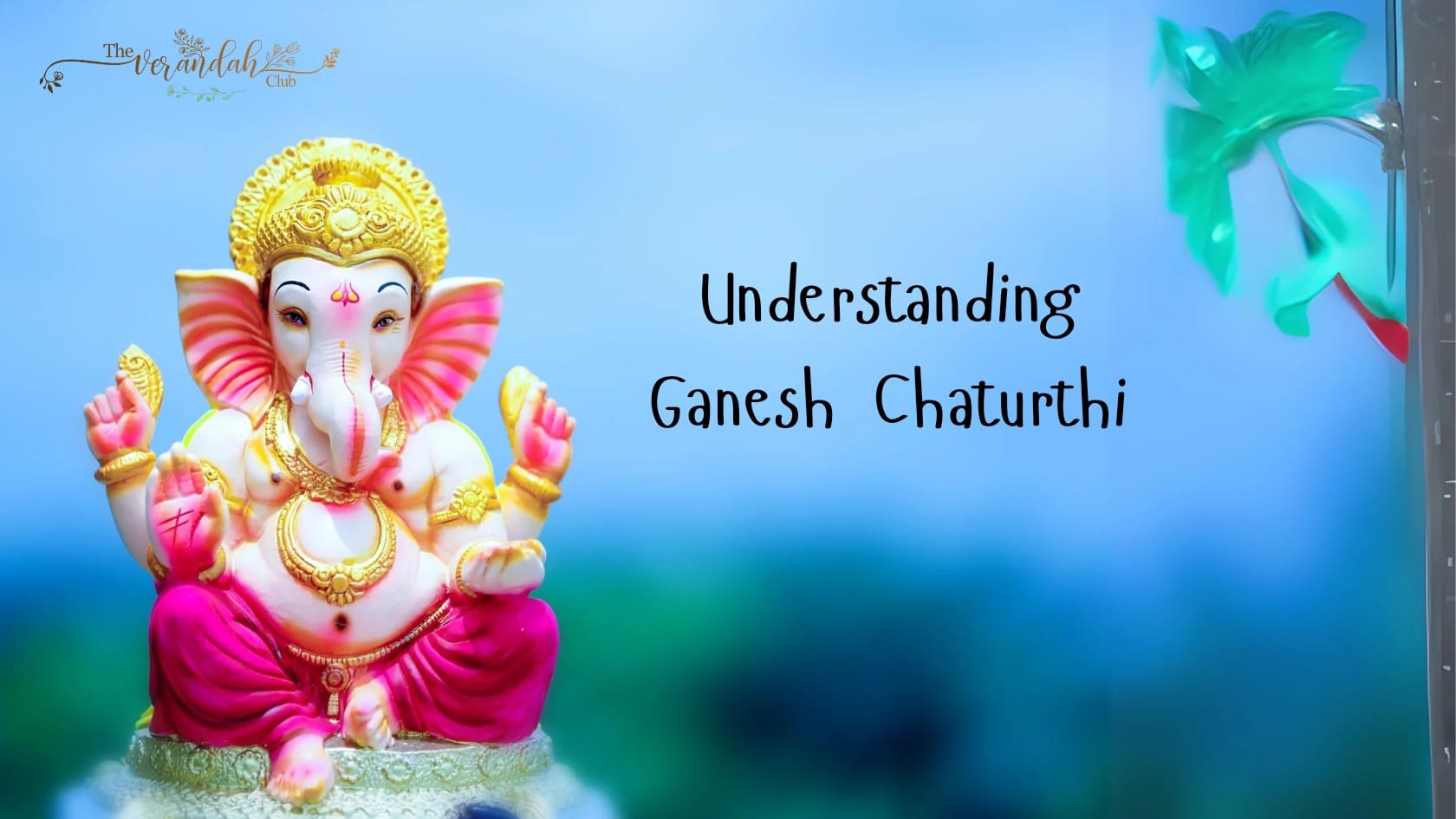
Ganesh Chaturthi, also known as Vinayaka Chaturthi, is a significant Hindu festival that honors Lord Ganesha, the deity revered as the remover of obst...